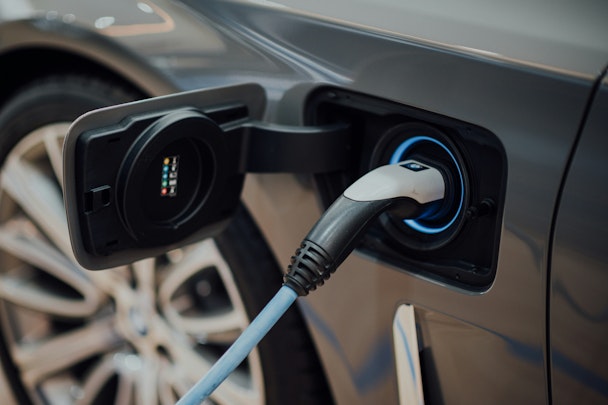Marketing Crash Investigation: why electric cars have veered off the road
What is driving the crash in the electric car industry? Manufacturers have ignored the basic tenets of marketing to their cost, according to this report by our Crash Investigation Unit.

The electric vehicle (EV) industry, once heralded as the future of transportation, is currently navigating a tumultuous phase marked by significant marketing and operational challenges. Despite the rapid advancement of technology and strong initial consumer interest, the industry is facing a series of setbacks that are stalling its growth.
An oversupply of vehicles, a mismatch between product offerings and consumer expectations, along with aggressive pricing strategies, are contributing to a mounting inventory of unsold cars.
This situation is exacerbated by inadequate charging infrastructure and uneven distribution, which further dampen consumer demand. Regulatory pressures to meet ambitious zero-emission targets have led automakers to ramp up production without a corresponding increase in market demand, creating an unsustainable bubble reminiscent of past economic collapses.
This analysis aims to dissect these issues through the lens of the traditional marketing mix – product, price, place, and promotion – to better understand the pitfalls and propose strategic solutions to steer the EV market towards recovery and growth.
Product: lack of diversity and perceived value
The EV market has grown in terms of product offerings, yet several critical gaps remain. Firstly, the product range often fails to meet diverse consumer needs and preferences. Many models are either high-end luxury vehicles or compact city cars, leaving a noticeable gap in the mid-range segment that appeals to average consumers. Secondly, issues such as limited battery life, long charging times, and concerns about durability and repair options decrease the perceived value of these vehicles. Improvements in battery technology and the expansion of models to suit a broader range of needs are necessary to enhance product appeal.
Price: high costs and inconsistent pricing strategies
EVs typically come with a higher upfront cost compared with their gasoline counterparts, which is a significant barrier for many potential buyers. Although long-term savings on fuel and maintenance are often touted, the initial price point remains prohibitive. The recent trend of heavy discounting to boost sales can also create a perception of desperation or lower quality, undermining brand value. A more consistent pricing strategy that emphasizes value over discounts, possibly supported by financing options or leasing programs, could help maintain price integrity while making EVs more accessible.
Place: inadequate distribution and charging infrastructure
Distribution is another area where EV marketers are struggling. The availability of EVs is often limited to urban or affluent areas, neglecting potential markets. Additionally, the insufficient charging infrastructure, particularly in rural and underserved urban areas, makes the practicality of owning an EV questionable for many. Expanding the distribution network and accelerating the deployment of charging stations, including fast-charging options, are critical to making EVs a feasible choice for a broader audience.
Promotion: ineffective communication and brand positioning
Promotional strategies for EVs have often focused heavily on environmental benefits, which, while important, do not address all consumer concerns or motivations. This narrow focus can alienate consumers who prioritize cost, performance, or convenience. Moreover, marketing campaigns have sometimes been reactive rather than proactive, with sporadic bursts of advertising following negative publicity or slumping sales.
A more robust promotional strategy would continuously engage potential buyers through varied channels, emphasizing the total cost of ownership, technological innovations, and lifestyle compatibility.
Strategic recommendations
To address these marketing failures, EV manufacturers and marketers should consider the following strategic shifts:
1. Product Innovation and Customization
Develop a broader range of models to cater to various consumer needs, including family-sized vehicles and more affordable models. Focus on improving battery technology to enhance the practical appeal of EVs.
2. Value-based pricing shift
From discount-based pricing to value-based pricing strategies that highlight the long-term financial and environmental benefits of owning an EV.
3. Expanded distribution
Increase the availability of EVs across all regions, not just major cities. Partner with local dealerships and service centers to enhance accessibility and support services.
4. Integrated promotional campaigns
Implement continuous, multi-channel marketing campaigns that highlight diverse benefits of EVs, tailor messages to different target segments, and actively counteract prevalent myths and misconceptions about electric driving.
By refining their approach to product, price, place, and promotion, EV marketers can better align with consumer expectations and demands, ultimately driving greater adoption and sustainability in the market
